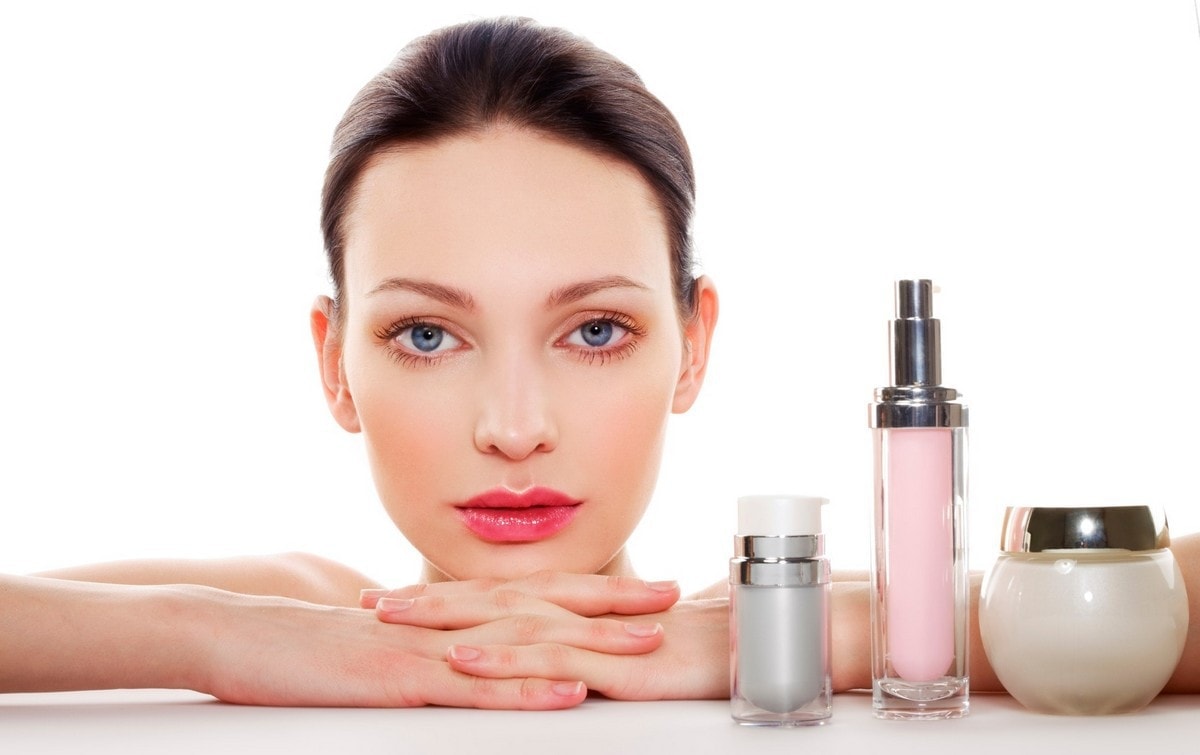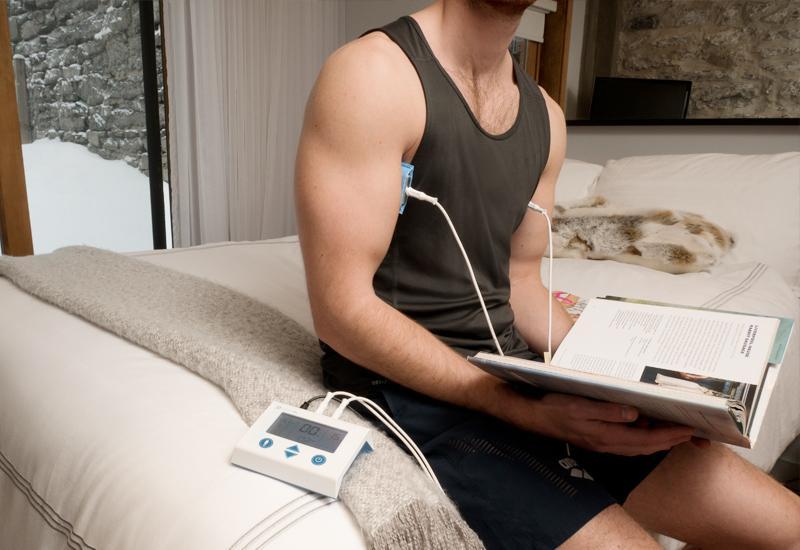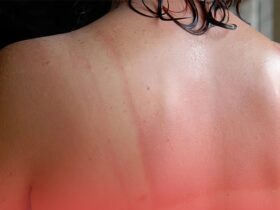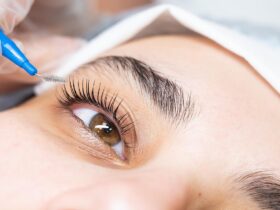Whether you’re trying out full-body, bikini, or facial waxing for the first time or you’re a regular visitor to your local waxing salon, you should always take heed of post-waxing tips and advice. You probably already know how to prepare for your waxing appointment by having the proper hair length and ensuring your skin and intimate areas are clean. However, very few people realize how vital waxing aftercare is when the hard and painful part is over. After your wax treatment, your skin is at its most sensitive state, meaning certain activities and improper skincare can cause damage and irritation.
Compared to shaving, waxing is a more robust hair removal procedure, ripping the hair from its root. Repetitive pulling with waxing strips (or without stips if you’re using hard wax) can cause pain, redness, bumps, ingrown hairs, or burn, so keeping the waxed area adequately moisturized and sanitized will prevent such debacles. Now many might prefer shaving due to its simplistic nature and the smaller accountability for skincare afterwards. In reality, the benefits of waxing outweigh those of shaving, so adjusting to the right post-waxing skincare routine will leave you with flawless and healthy skin. Thus, if you implement the following tips every time you walk out of your salon, your skin will thank you, and you will be experiencing less hair growth and irritation in the long run.
The 5 Post-Wax Care Tips You Should Always Keep in Mind
You’ve prepared for your wax at your salon or home, endured the pain successfully, and you’re ready to strut your hairless and exfoliated skin with a cute outfit. It feels like you should absolve yourself from any other responsibility, but this is a false premise. Poor post-wax treatment can actually prolong pain and result in other unwanted after effects, such as various painful and unattractive skin conditions. The most common skin condition to develop after waxing is red bumps. These could surface right after the wax treatment or become visible a week later if skincare is completely neglected and the procedure was not carried out correctly.
Before we dive into the five post-wax care commandments, let’s take a look at some of the most common skin conditions that can cause bumps after waxing.
Ingrown Hairs:
We all know how annoying, painful, and unappealing ingrown hairs can be. Besides the pain, small bumps that look like pimples can be observed on the skin’s surface, which can become infected if the proper precautions are not taken. Turning to a waxing expert or dermatologist will address your most pressing concerns regarding ingrown hairs, but genetics and coarse or curly hair can be stubborn factors in certain cases. While it might be impossible for some of us to get rid of ingrown hairs completely, exfoliating between waxes and applying skin products specifically formulated for ingrown hairs are the most effective ways to prevent or minimize the impact. Many dermatologists recommend mild exfoliants that contain lactic, salicylic, or glycolic acid as the base, which can accelerate the skin renewal cycle. In extreme cases, an antibiotic or culture at a doctor’s office might be required.
Contact Dermatitis:
Even though most waxing procedures are carried out with extra safety, acute skin reactions can occur. Allergic reactions, burning, inflammation, or peeling skin are all possible symptoms of certain chemicals that come into contact with the skin. Some people might be more vulnerable than others, since it depends on the skin’s composition or even on heavily perfumed products applied before or after the treatment. Prioritizing quality skincare products will ensure your skin experiences fewer reactions and that you get excellent results. Even if you observe redness, rashes, or mild bruising after a wax treatment, proper medication and care of the affected area can minimize the risk.
Folliculitis and Pimples:
While it’s relatively rare to occur after waxing, folliculitis is a skin condition that happens when hair follicles are damaged and infected with bacteria. Waxing can leave pores exposed, and bacteria can easily invade the skin if it’s prone to skin conditions such as acne. Doing your due diligence and following the proper sanitation and hygiene measures will reduce such risks. You should also avoid picking the irritated area and wear loose clothing that doesn’t rub against the skin.
Now that we’re familiar with the most common skin conditions after hair removal, it’s critical to accentuate the most effective tips that will keep your skin radiant, healthy, and less sensitive to tougher side effects.
- Avoid Excess Exposure to Water and Sun
While the warm weather after a summer wax session can be tempting, it is highly recommended that you avoid sun exposure and salty, chlorinated, or hot water for 48 hours after hair removal. Sun radiation can be highly damaging to irritated skin, and saltwater or chlorine can contain bacteria that could cause an infection or allergic reaction. Playing it safe for two days will ensure you enjoy those warm summer days with confidence and smooth skin. If your work or daily routine involves exposure to sunlight, sunscreen should be applied to all waxed and exposed areas. UV rays can be extra violent towards freshly waxed skin, so reapplying a generous amount of high SPF sunscreen frequently can minimize any harmful effects.
2. Exfoliate (Exfoliate, Exfoliate) Gently.
We mentioned exfoliation earlier, but we can’t stress this enough! It should become a part of your daily routine, and sadly, it’s something most people shy away from after or in between wax treatments. First of all, proper exfoliation will remove debris and dead skin that impact the hair removal process. If you incorporate exfoliation into your nightly skin routine, you will definitely witness better results during your next treatment, since the wax tends to adhere to the skin more easily. Without exfoliation, you’re also more likely to develop ingrown hairs because you’re leaving dead skin cells to populate on the skin’s surface. Thus, the rejuvenation process takes longer, and bacteria get trapped in the skin blocking your pores. To exfoliate the waxed areas, use your hands or scrubbing tool to apply a small amount of the exfoliant to the skin. With circular motions, gently scrub the entire surface and leave the exfoliate to sit on your skin for three minutes. Then rinse off and apply a natural moisturizer or oil to leave your skin smooth and soft.
3. Skip the Workout for a Day or Two.
We understand that you’re trying to stay in bathing suit shape, but immediately working out after your wax treatment can propel infections, ingrown hairs, and other types of skin inflammations. A rule of thumb is to wait at least twenty-four hours before fitting that high-intensity workout into your schedule again. Your skin is sensitive after waxing and needs to rest for a couple of hours. If you’re the fitness fanatic who never skips a workout, then choose a workout program that won’t make you sweat. You could try yoga or stretching, for example, and avoid too much movement in the lower body, which can cause more irritation after a waxing session.
4. Be Diligent With Skin Care (Aloe to the Rescue!).
Aloe vera gel is a natural remedy that can work wonders on irritated skin. If you already have an aloe vera plant, even better. You can just apply the plant’s essence onto the skin and wait for it to absorb it. It is recommended to apply aloe vera three times daily after wax treatments. More specifically, you should follow this process for at least five days after you visit the waxing salon.
5. Choose Comfortable Clothes.
Tight clothing will only exacerbate irritation and pain (if you’re experiencing any side effects). Generally, uncomfortable clothing should be avoided even if your skin shows no sign of infection. Especially if you get your bikini line waxed, jeans and heavy material can cause bumps, irritation, breakouts, and other skin infections to crop up. Choose light and cotton clothing that leaves your skin room to breathe.
When we’re freshly waxed, we rarely consider the side effects that can cause great harm to our skin. Turning a blind eye to the tips mentioned above can even cause irreparable damage or ultimately affect our waxing routine with poor results. Remembering to implement these simple tips will keep your newly waxed skin glowing, smooth and irresistible.







